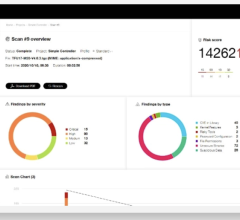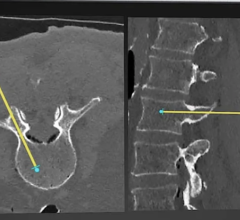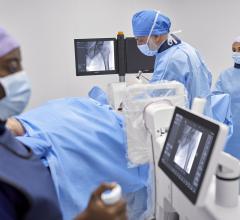Dec. 1, 2025 — GE HealthCare has unveiled the Allia Moveo,1 an image guiding solution designed to enhance mobility and flexibility and redefine the way clinicians deliver care in the interventional suite.
Interventional Radiology
Interventional radiology uses tools like angiography X-ray systems to provide minimally invasive medical diagnosis and treatment using images.
Dec. 1, 2025 — GE HealthCare has unveiled the Allia Moveo,1 an image guiding solution designed to enhance mobility and ...
Nov. 12, 2025 — On Nov. 11, Huntsman Cancer Institute at the University of Utah (the U) opened its first specialized ...
Nov. 10, 2025 — Interventional radiologists (IRs) that almost exclusively practice in their specialty provide more ...
For the first time at the RSNA meeting, vendors of interventional products will have a dedicated area in which to ...
Aug. 14, 2025 — An interventional radiologist at NYU Langone Health recently performed a procedure to relieve a patient ...
April 30, 2025 – Viz.ai, the leader in AI-powered disease detection and intelligent care coordination, has launched Viz ...
Jan. 28, 2025 — Instylla, Inc., a privately held clinical-stage company developing solutions for peripheral vascular ...
Tom Kloetzly, sales and marketing VP for Shimadzu Medical Systems USA, explains the evolution of Shimadzu Corporation ...
Jan. 28, 2025 — Instylla, Inc., a privately held clinical-stage company developing solutions for peripheral vascular ...
Nov. 12, 2024 — Shimadzu Medical Systems USA, a subsidiary of Shimadzu Corp., recently announced the Trinias series with ...
Mobile C-arms continue to revolutionize medical imaging, offering versatility, mobility and real-time visualization ...
Discover GE Healthcare’s Interventional Image Guided Systems and find out how our latest technologies including the ...
July 25, 2024 — Positron Corporation, a leading molecular imaging medical device company offering PET & PET-CT imaging ...
July 23, 2024 — Professional registration is open for RSNA 2024, the world’s largest radiology forum. This year’s theme ...
June 21, 2024 — GE HealthCare, a leading global medical technology, pharmaceutical diagnostics, and digital solutions ...
Tom Kloetzly, sales and marketing VP for Shimadzu Medical Systems USA, explains the evolution of Shimadzu Corporation ...
June 19, 2024 —Karamba Security, a world leader in end-to-end product security, today announced the signing of a ...
June 19, 2024 —Royal Philips, a global leader in health technology, today announced the launch of Philips Image Guided ...
June 12, 2024 — Brainet, a developer of cutting-edge diagnostic tools for assessing brain health, and SimonMed Imaging ...
May 30, 2024 — Vuze Medical, which develops medical technology to transform intra-operative guidance in spinal ...
May 17, 2024 — The Cum Laude Award-Winning Online Poster presented during the 124th ARRS Annual Meeting found that the ...
May 8, 2024 — Compared to males, women in radiology are at a consistently higher risk of not matching into diagnostic ...
April 23, 2024 — Royal Philips , a global leader in health technology, today announced its Philips Zenition 30 mobile C ...
April 16, 2024 — The Society of Interventional Radiology (SIR) has published a new position statement outlining best ...

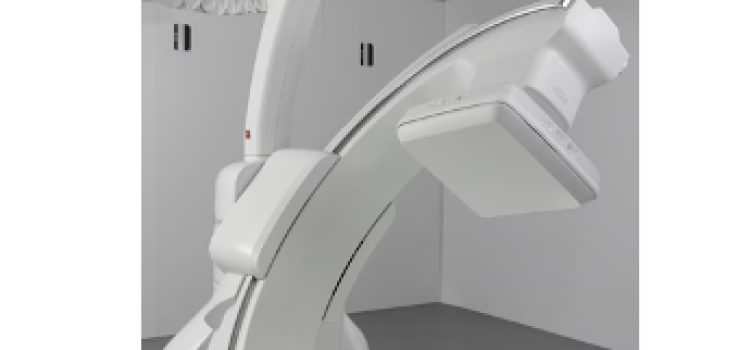
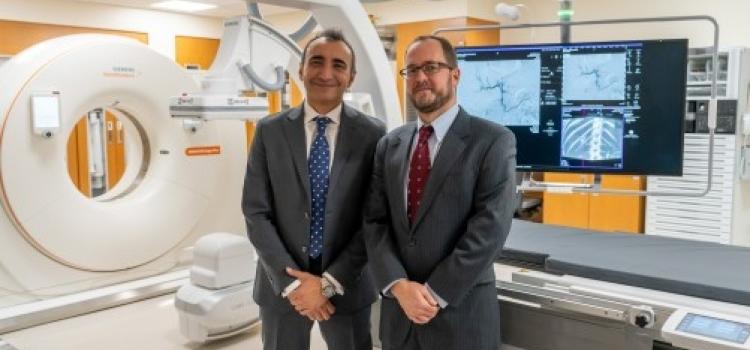
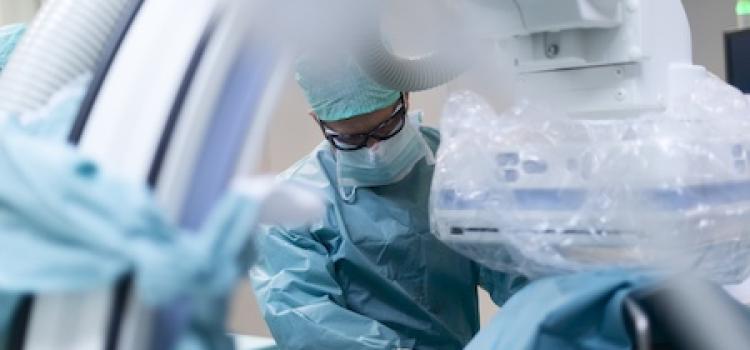



 December 02, 2025
December 02, 2025 











